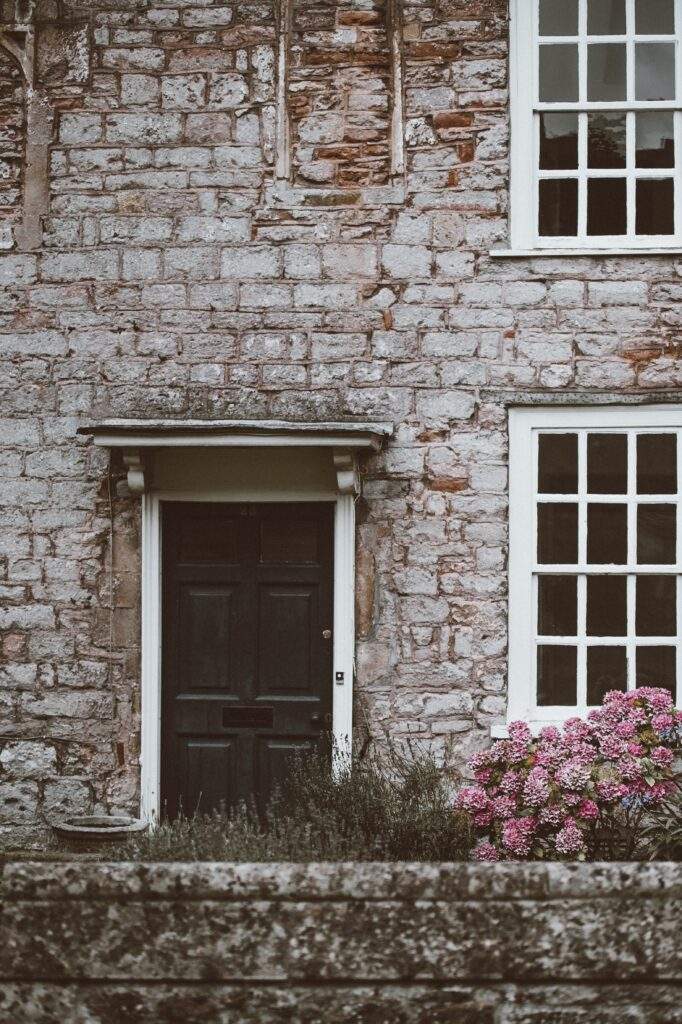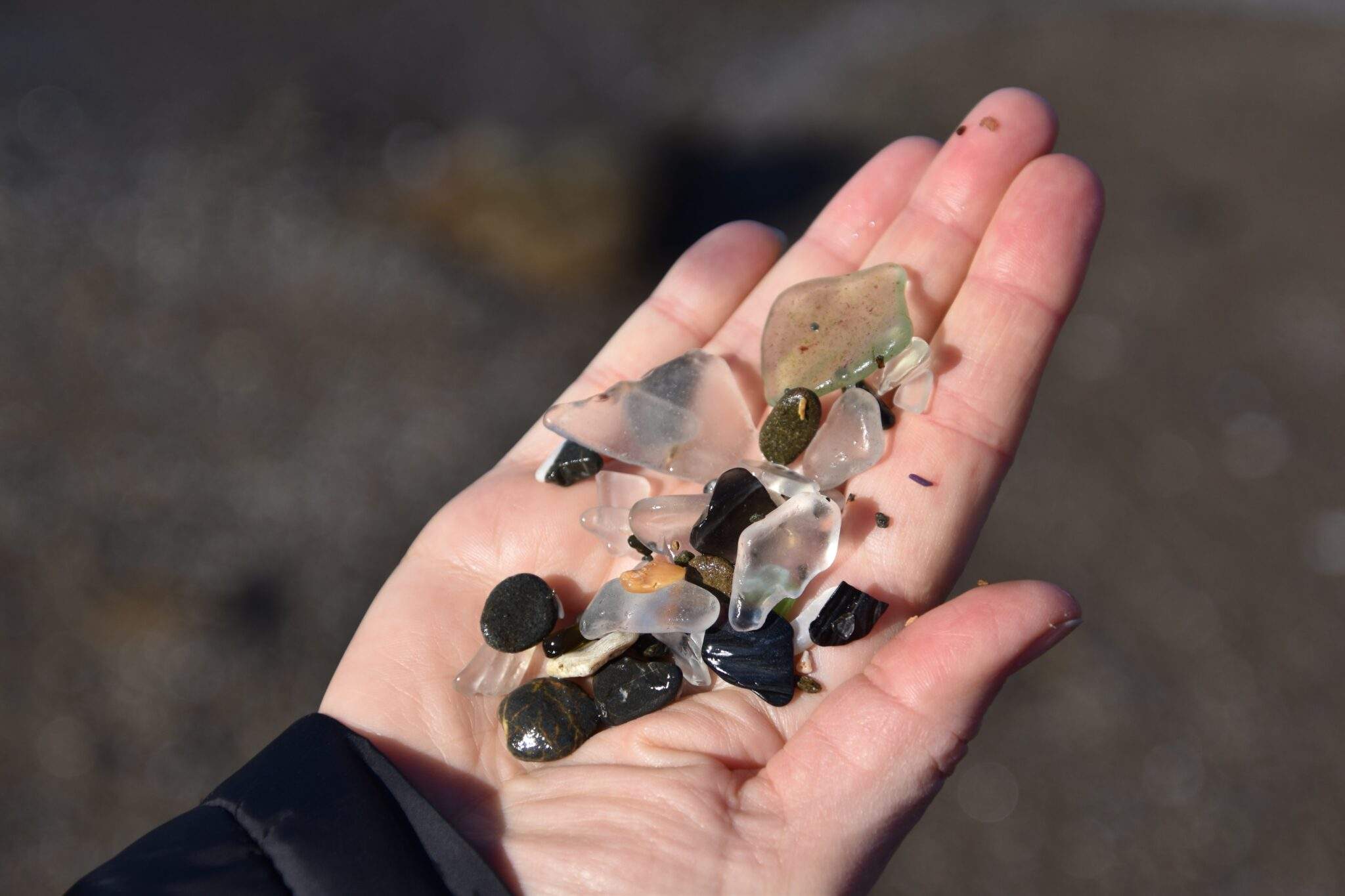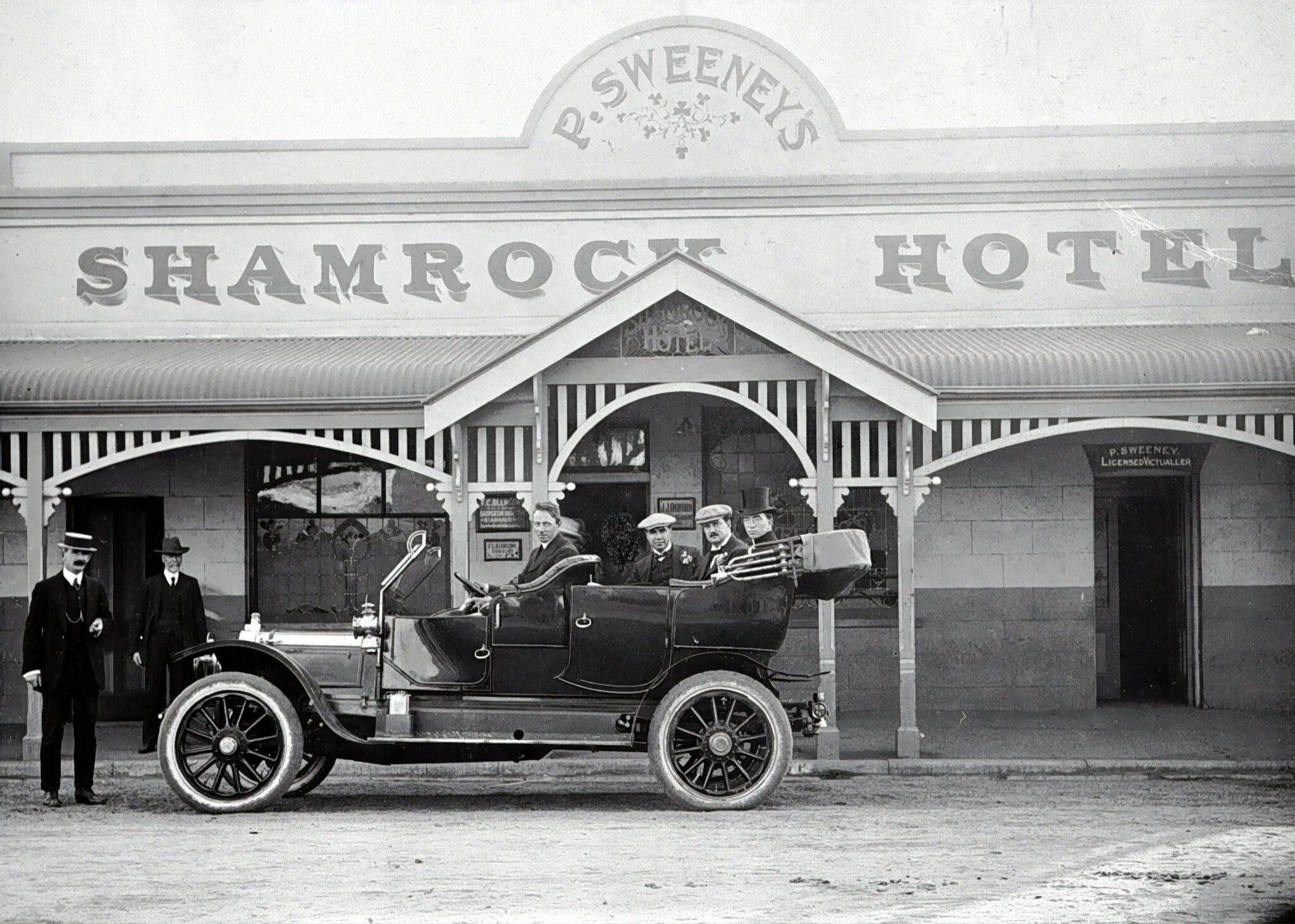Glass is sometimes taken for granted, but not among our team at Giroux Glass. It’s in our name, and we’re passionate about it.
Everyone handles glass every single day. Whether we open a window, touch our smartphone screen, or drive a vehicle, we interact constantly with glass directly and indirectly. Many people never really think much about this versatile material – so we’d like to present some of its interesting features and fun facts.
Glass Has Been Around for Centuries


It’s not known exactly when the first attempts to make glass occurred. Archeological records show Egyptians were among the first to use glass in their art and culture. Archeologists have found amulets and solid glass beads from as far back as 2500 BC, made in Mesopotamia. About 1,000 years later, the Egyptians also began making glass.
Glass was first used by ancient Egyptians as a decorative glaze for beads. It is believed that more widespread glass manufacturing started in Egypt at about 1550 BC. The discovery of faience (a glazed, non-clay ceramic material) was the next step in glass making.
Christian churches first started using stained glass in their windows at around 400 AD. The current methods used to produce stained glass mostly have remained the same since the Middle Ages.
Mason glass has been around since the 1800s. Those mason glass jars used to ferment foods, fill with plants and herbs, and bottle tomato sauce have been around a long time. Canning jars with screw tops appeared in 1858 and have changed very little in design and function since then.
Glass Windows Were Once a Luxury Item

Before the 17th century, windows were considered a luxury item for the affluent. Using glass in windows only became more commonplace with the introduction of more widespread glass manufacturing.
You may have noticed that some old homes have bricked up windows. There was a tax that was introduced in 1696, called “Act of Making Good the Deficiency of the Clipped Money” where houses were taxed based on the number of windows they contained. In the United States tax was repealed in 1851.
Historical records show that the production of glass from 1810 to 1851 remained the same despite the housing boom at the time.
This tax became known as the “tax on light and air” and the term “Daylight robbery” originates from this. Looking at old residences even now in some European countries, we can see where original windows were either boarded up or covered in plaster or brick to reduce homeowner tariffs.
Glass is Naturally Made

Glass is a material that’s can be both man-made and natural.
Because of the high temperatures, glass can form naturally when lightning strikes sand.
Glass is produced from sand that is mixed with lime and soda ash, then heated at extremely high temperatures. After the liquid mixture cools down, the result is the hardened glass substance.
Our ancestors once used a glass type called “obsidian” to create knives, jewelry, and weaponry. Obsidian is a natural glass created by the rapid cooling of viscous lava’s intense heat. It starts with volcanic eruptions, and ultimately fuses rocks and sand. And yes, it looks as cool as it sounds!
Glass Can be Recycled Indefinitely
Glass can be recycled repeatedly without wearing out or losing its quality or purity over time. The fact that it won’t deteriorate with use and age makes it one of the easiest materials to recycle.
Most new glass contains recycled glass. Currently, most glass bottles and jars contain at least 25 percent recycled glass. It’s one more reason why it’s important to recycle glass bottles. Every little bit helps to reduce waste in our landfills that harm our environment.
Regular Glass is Greenish, Not Clear
Glass is not clear — it’s actually a greenish color in its natural state. To produce clear glass, manufacturers reduce the iron content in molten glass.
Adding Minerals to Glass Changes its Color

Combining other minerals with the sand, lime, and soda ash can result in different colors of glass. For example, adding nickel oxide to the mix produces a violet color to the glass.
Brown glass reflects UV light. There’s a reason that beer bottle glass and certain essential oil bottles are brown, rather than clear. The amber tint reflects UV light that would otherwise spoil bottle contents. Brown glass is commonly used for food and drink bottles; it’s sometimes used in windows to prevent fading and deterioration of upholstery.
Windshields Were Once Made of Plain Glass

We expect car windshields to be made of shatter-proof laminated glass, but it hasn’t always been this way. Early windshields were made of regular non-laminated glass. The huge problem with these windscreens was how easily the glass would shatter during an accident, posing a major safety hazard.
Henry Ford himself was personally injured by flying glass shards caused by a car accident. After this mishap, his engineers set out to make automobile glass safer and more affordable. One of his employees, along with a British glass manufacturer, developed a new process that made windshield glass safer, stronger, and more cost effective.
When glass breaks, the cracks move at 3,000 mph. That’s five times faster than the average airplane, which travels at speeds up to 575 mph.
Laminated Glass can be Repaired
Have you ever wondered why windshield glass can be repaired, but your regular glass windows cannot? It’s because laminated glass is made using heat and high pressure to fuse a flexible membrane between two sheets of glass, creating a type of glass sandwich. Once broken, it shatters but holds together, making glass repair possible for minor impacts and damage.
Glass is Always Moving
Glass may appear to be solid, but it’s actually called an “amorphous” solid: a state between solid and liquid.
If you were to look through a microscope at glass molecules, you would see that they are in fact moving, but at a very slow rate.
Frosted Glass is Created by Acid-Etching

Have you ever wondered how businesses get their logos etched onto their glass surfaces? By acid-etching with hydrofluoric acid, glass manufacturers are able to achieve that engraved and frosted look.
Tempered Glass – also Known as “Safety Glass”
This glass structure is created by super cooling glass that first has been heated to more than 600 degrees Celsius in a tempering oven. The cooling process causes the outer layer to cool much more quickly than the inner layer, creating strength that is superior over regular glass.
Even though tempered glass is tough, it doesn’t mean that it won’t ever break or shatter. Unlike regular glass, when it’s broken, it shatters into small pebbles, without leaving any dangerous edges. That’s why it’s called “safety glass,” and also why it’s preferred for car windshields. We’ve all seen the spider web effect that can sometimes happen when it’s cracked and when the impact isn’t strong enough to shatter it completely.
There are Different Types of Glass
The range of glass products currently on the market is almost unlimited. Glass types and their respective functions vary from those that can enhance energy efficiency to acoustic products that can reduce noise. Glass can be strengthened to make it safer, or patterned and customized to meet unique creative goals. The many options available help designers and architects design a home that suits any desired taste, lifestyle and level of sustainability.
Increased Design Possibilities of Glass
Manufacturers can enhance the load-bearing capabilities of glass during the manufacturing process. This enables using glass in oversized ways – complete façades, balustrades and curtain walls. The increased building flexibility of glass has resulted in truly beautiful designs while connecting people to the outside world and lighting the indoors.
Not All Glass Can be Cleaned in the Same Manner

It’s not safe or smart to use one cleaning method for every type of glass. Some cleaning products can cause staining, marking or damage. Your best bet is to consult the glass supplier, a reputable glazier (we know one!) or a professional window cleaner before starting to clean any glass on your own.
There is clearly a lot more to glass than meets the eye. Everyone can appreciate glass for the purpose it serves as an essential and beautiful part of modern life.
Check out our Work
Glass is our thing at Giroux Glass. We design, sell, and repair all types of glass. We install it in a wide variety of settings: from bridges 4,000 feet above the Grand Canyon, to commercial curtain walls, to window systems, glass flooring and security glazing, to amazing high-end private residences. Check out some of our projects on our website here.





